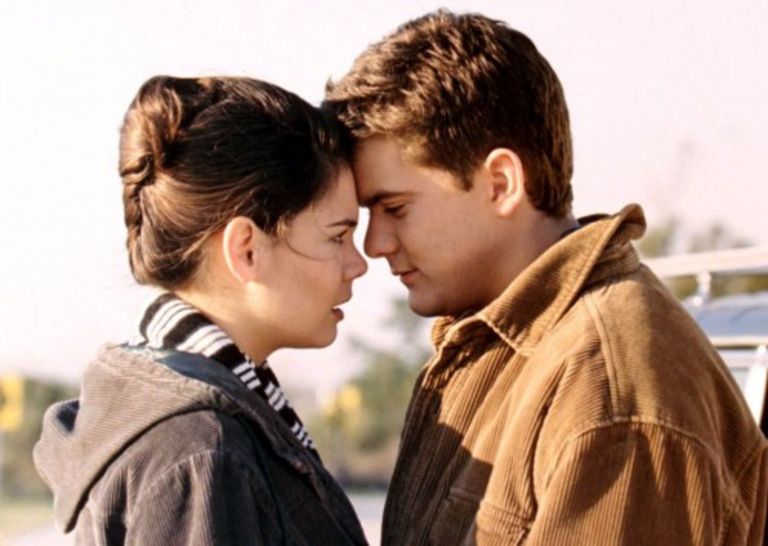A Love Letter To Club TROUW Amsterdam
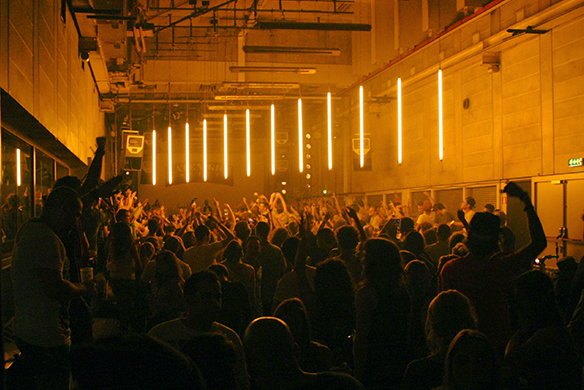
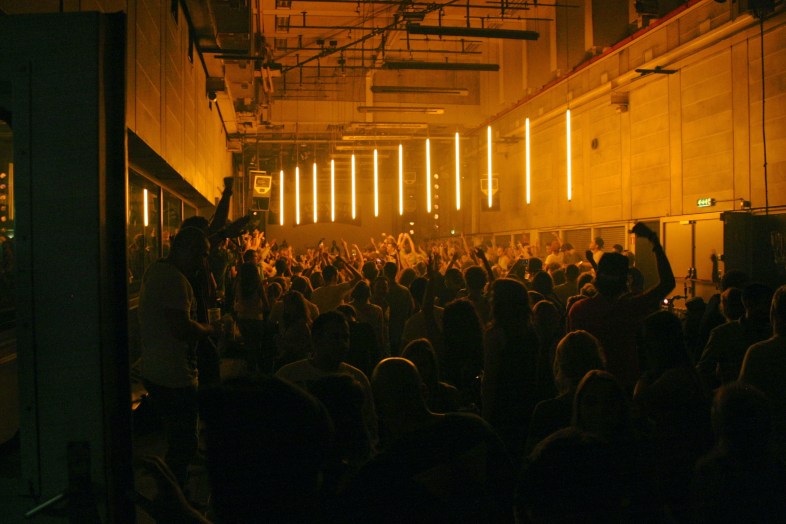
I.
I’m dancing by myself in a dark corner of De Verdieping, the more intimate, ground level dance floor in TROUW, losing my mind to the deep grooves of Anthony Parasole and feeling his fantasy. The room is long and rectangular and everyone faces the DJ booth like an army of believers whose only religion is dance music. It’s virtually pitch black in here – there’s only bass and darkness – save for a couple abstract gold floor lamps that slowly come on and off but don’t really illuminate anything or anyone in particular. Everyone’s a shadow, everyone’s a silhouette. All this darkness makes you feel free to dance like no one is looking, and they’re not because no one can see you.
A guy in a white t-shirt starts dancing near me.
“Are you gay?” he asked. “Yeah, I am,” not totally sure where this conversation is going but curious to find out.
“Oh, cool. Well, I’m not gay, and my friend’s not gay, either,” he tells me, pointing to his extremely attractive friend who, hearing all this, offers me some of his drink. This is getting weird but I’m chill so I roll with it. They tell me they’re from Rotterdam and I tell them I’m visiting from London. Before I knew it they both had their arms around me and the white t-shirt screams, “Come on, man! Let’s get crazy. We’re in TROUW — the best club in Holland!”
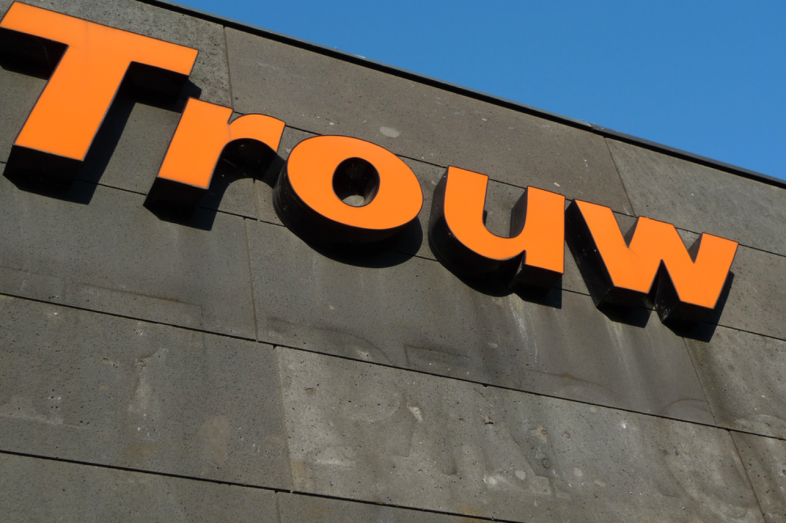
TROUW Amsterdam was a temporary nightclub, restaurant and art space housed in an old newspaper print warehouse a cool five-minute subway ride away from the center of Amsterdam. A piece of trivia for you: the club took its name from the national Dutch newspaper that used to be printed there – Trouw/De Verdieping – which is still in press today.
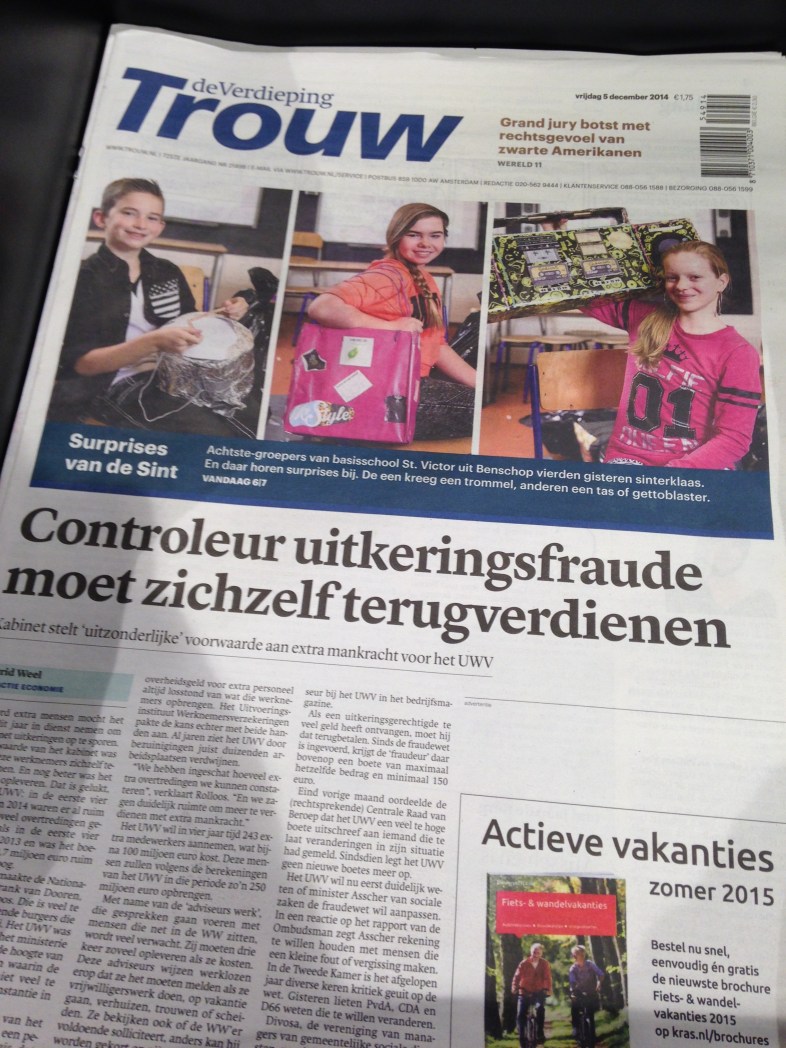
There is nothing like dancing to music – especially techno – in a dark, slightly imposing disused or reclaimed raw industrial space with huge, soaring ceilings, thick concrete walls, all the original factory details and plenty of space for you to dance or not-dance. These are the types of clubs we don’t really have in the United States anymore, except for places like Holocene in Portland or the amazing new techno club-cum-cultural center that Berlin’s Dimitri Hegemann is proposing for Detroit, techno’s birthplace.
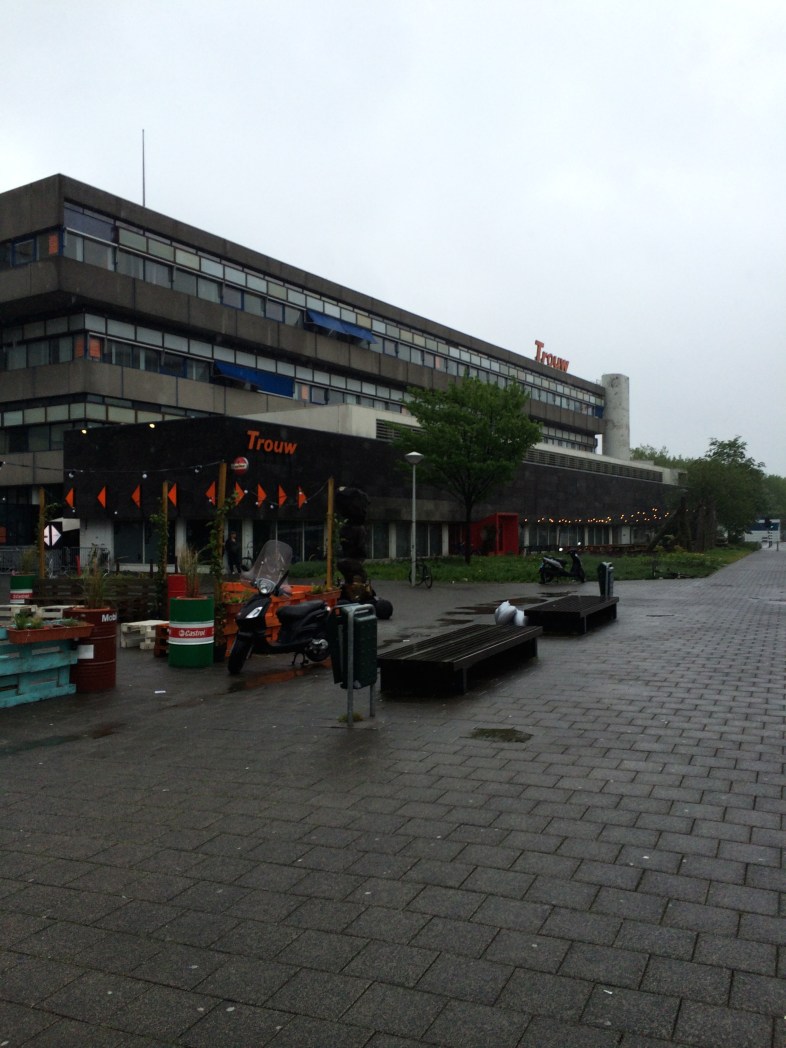
In the early 20th century factories and warehouses were places of production, where goods like cars, clothes, electricity and newspapers were produced for mass consumption.
At TROUW, a warehouse was a place to play.
As soon as TROUW mastermind Olaf Boswijk saw the space he knew he’d found something special, that it was perfect for what he had in mind. “The building has so much character and details and history. There’s nothing you want to do to change that,” Boswijk said.
I’ve always thought that the worst thing a nightclub can do is try to look like a “nightclub.” Today that means a flashy, somewhat generic black box with crazy lights, bottle-service tables and a bar.
“I sometimes play in these rooms,” TROUW resident Sandrien told me, “and it’s like über flashy and like “Oh my god!” How could you put me in this room? If I see all these flashy things I’m going to destroy it with the music!”
You could just as easily be in Miami or London or Manchester or, actually, nowhere in particular. Such a fast food approach to nightclub design overlooks site-specificity and other creative ways of engaging with the local surroundings.
When you’re in TROUW you know you’re in TROUW and nowhere else.
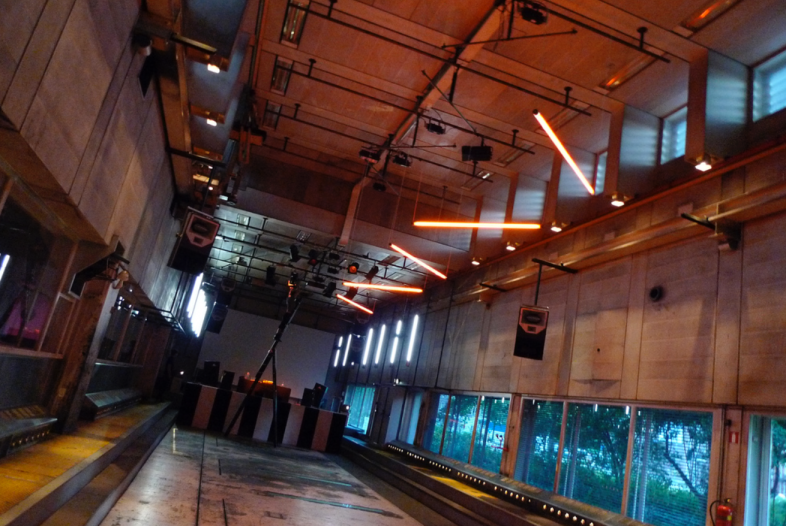
“Our philosophy was to do a very basic club with an amazing sound system, which we already had (from Club 11), build a bar, do all the necessary things to get a permit – emergency exits, making sure there’s facilities – but nothing extra. No frills, no extra design. One of the few things we did was the staircase which people think is original or which looks like it has always been here but we built it.”
TROUW was, by any account, one of the most exciting creative spaces in Europe and certainly one of the most interesting nightclubs in the world, with music programming that ranged from a Mykki Blanco concert to weekend long techno parties. From the outside the venue looks like an office building, a perfect disguise for what’s going on inside.
Despite its popularity TROUW quietly announced she would be closing her doors for good in a blog post that popped up suddenly in November 2013 on the club’s website. “From the first of January we’ll be entering the last year of Trouw,” the cryptic and somewhat surprising note read, giving eager Trouwens a full year’s advance notice to plan their weekends, make new memories and drink Trouw in for the last time.
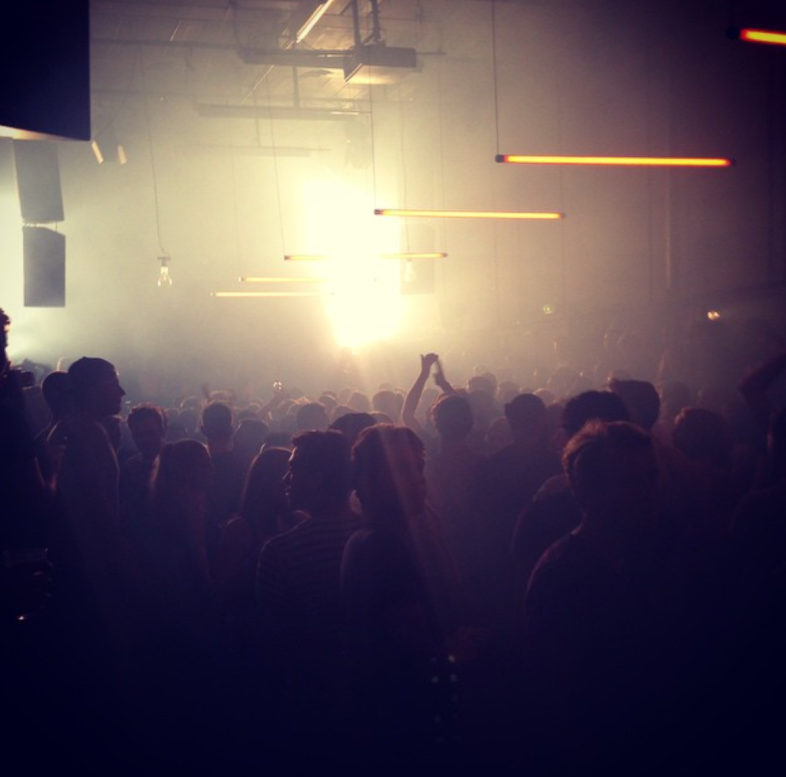
Why would a hot club close so suddenly? At first you might think the place shut for no reason, or maybe because of the same-old external pressures that always endanger good bars and nightclubs in cities around the world. But TROUW was always meant to be temporary.
“I firmly believe in temporary projects,” Boswijk told me, a man who first cut his teeth in music programming and club promotion at the influential Club 11. “It creates a lot more awareness about what you’re doing and it bundles all the creativity and energy. At the same time it’s the crowd because they know we’re going to end so they have to come more often or be crazier or dress up more.”
II.
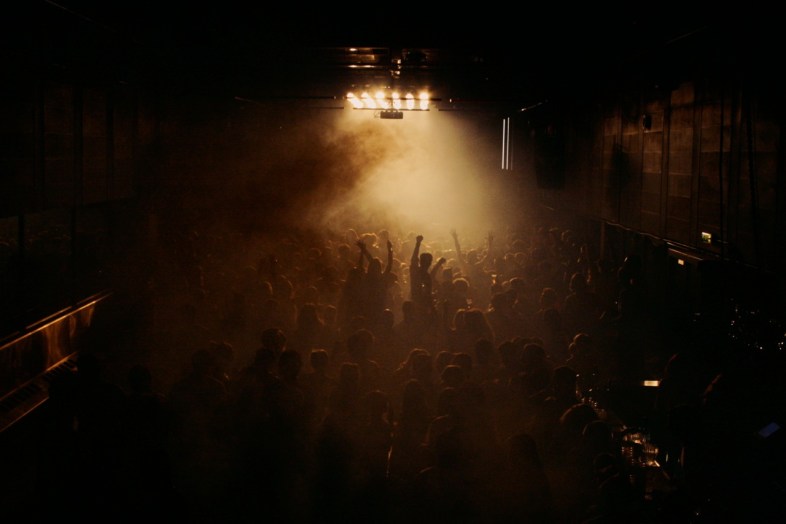
There’s something deeply human about not wanting to miss out on an experience, and you’ll find that that’s one of the main things that draws people out on the weekend. Nightlife is about the stories we tell at brunch with friends the next day about the things we did or saw, the music we heard, people we met, or the dumb thing you did that you don’t remember doing but your friends will tease you about forever. The fear of missing out on something is the thing that pries you out of the house when you could just as easily stay at home by yourself with a bottle of wine and Netflix.
So when an experience is temporary or has a definite end date we go all out so we don’t “miss out.”
“In Holland we have this saying ‘dancing on a volcano,’ resident William Kouam Djoko told me. “You know it’s going to erupt every single second, but as long as it doesn’t you just keep dancing and go for it.”
Good nightclubs are like little fantasy worlds that remove you from the mundane worries and troubles of everyday life. You disappear into a vortex at 128 beats per minute for 2 or 15 hours and you’re never more aware of feeling things than during that time. When I was in TROUW I told myself I’d stay another hour, and that one hour quickly became five more. Where did the time go?
As soon as you walked into the club you felt like you were transported to a different place, a small city that had everything you needed, from a full on restaurant to souvenirs to a small café that sold fresh croissants, juice and even TROUW shaped popsicles – you know, for when things got really sweaty.
“One of the things I really like about clubs,” Sandrien told me, “is that you can hang around and stay for 15 till 20 hours without getting bored.”
Being able to party in such an all-encompassing space filled with beautiful, creative people means that there is always something new to discover around every corner.
Even Steve Rachmad, one of the most exciting figures in the electronic music scene, described TROUW as a place removed from the everyday.
“It’s a world of its own, not so much because of the music (the programming is still very diverse) but because everyone, from promoter to DJ to audience, seems like a kindred spirit,” he said. “As a result, every party in TROUW is another celebration of club culture, a party with friends, just how it once started back in the day.”
III.
[youtube https://www.youtube.com/watch?v=uE6RsAtXta0&w=560&h=315%5D
The global nightlife industry is a fairly bloody double-edged sword. On the one hand it’s seen as a problem site by moms, dads and mayors all over the world and the source of all-evil, a place full of drugs, drinking, sex and debauchery – as if these are bad things. Governments regularly view nightlife as problematic and subject the local nightlife to more and more regulations – tighter licenses, tougher zoning, more policing, bigger drug dogs, earlier closing hours.
This isn’t the case in Amsterdam, where brand new 24-hour licenses allow certain nightclubs to stay open much longer than usual. In the beginning TROUW opened at 11pm but had to shut by 3am, though later that got pushed to 5am. There’s not a lot you can do in four hours. But Amsterdam mayor Eberhard van der Laan pushed for a new 24-hour license for venues away from the city center that would decentralize nightlife.
“Our government doesn’t see the club scene as something bad,” Sandrien told me, emphasizing how important the new 24-hour license was for TROUW and club culture in Amsterdam more generally. “They really see the club scene as part of our culture.”
Aside from all the negative things typically associated with clubs, nightlife is also a multi-billion dollar global industry that ushers in countless tourism dollars in places like Miami, Las Vegas, Berlin, Ibiza and Amsterdam. It stands for hundreds of thousands of jobs, the regeneration and pricing up of formerly crime-ridden neighborhoods, and is responsible for putting certain cities on the map in the first place.
“What a lot of people don’t realize about a club is that it’s so many different things in one,” Boswijk told me. “It’s obviously music, it’s sound, it’s light, it’s organization, it’s hospitality, there’s marketing, there’s security, there’s safety in all its different forms. It’s so much. It’s machinery and every little detail needs to be in place.”
Then there’s a third piece of nightlife culture that is frequently overlooked and relatively under theorized: the possibility for nightclubs to act as a creative laboratory for artists, musicians, DJs, and performers.
STEVE RACHMAD
Nearly everyone at TROUW came from some type of creative background. William Kouam Djoko trained as a ballet dancer but stopped dancing after a serious knee injury.
Resident Guy Blanken/Makam went to his first rave at the age of 14 and that experience changed everything for him.
“The day after I was thinking about this music. I’d never heard something like it,” he said. “This whole party made such an impression on me that I wanted to do more of it.
And 15 years ago Sandrien’s sister took her to her first rave – the Chemistry Party – even though she was already listening to house and techno at home.
“I went to the club and I just felt it right away like, ‘Oh my god this is so nice!’ I started buying records and practicing three hours a day until I could mix. I first played in a bar and things just started rolling. It gave me so much happy vibes. It was such a nice way to express yourself through music.”
TROUW was unique for a nightclub in that it wasn’t just a club as such but was also a space for creativity, expression and new ideas in music, art and culture.
“TROUW was the place for new ideas for me over the last five years. There was a restaurant with excellent food. The chef was this Moroccan guy and he had this special love for goat meats. When are you ever going to eat goat meat in Holland?,” Djoko laughed.
“If someone had a crazy idea there,” Sandrien remembered, “it’s like, ‘Go ahead. Do it.’ Half a year ago we had a bowling alley in one of the downstairs areas. It wasn’t only about music. It was also about art and food and this was really nice.”
When you really want to know what’s going on in a culture, or if you really want to discover what a scene is all about, spend some time soaked in its nightlife. If it’s new and exciting, it’s probably happening in a club.
“Clubs are there for new insights,” Djoko told me, and I couldn’t agree more. “What I always say is that it’s weird for me to be an artist at my job doing my work (as a DJ) while everyone is over there at the same time celebrating they’re off from work. That’s always a weird paradox.”
IV.
[vimeo 99231937 w=500 h=281]
Bridging the gap between club culture and the contemporary art world, from July 2014 to December 2014 TROUW partnered with a trio of cultural institutions – the Stedelijk Museum, the major museum of Modern Art in Amsterdam, the New Museum in New York and the Palais de Tokyo from Paris – for a unique exhibition of works to be shown and experienced in the monumental basement space “De Hal” at TROUW and which could be visited during club hours.
Taking contemporary art out of a white cube gallery or museum, spaces that can often feel too restrictive or inaccessible not to mention too high brow, and suddenly throwing it into a completely different context – and in this case, a nightclub – is a way of exposing brand new audiences to art and visual culture.
“We try to do more experience art, installations, or video art or lights,” Boswijk said. “People like you, normal clubbers who might be interested in music, might be interested in art, stumble upon it.”
It’s all about the democratization of art and of the aesthetic experience.
“They don’t buy a ticket to a museum or to a white cube gallery. Suddenly there’s a door open and you walk in and it’s there, but it’s high quality from a major institution just brought out of its context.”
V.
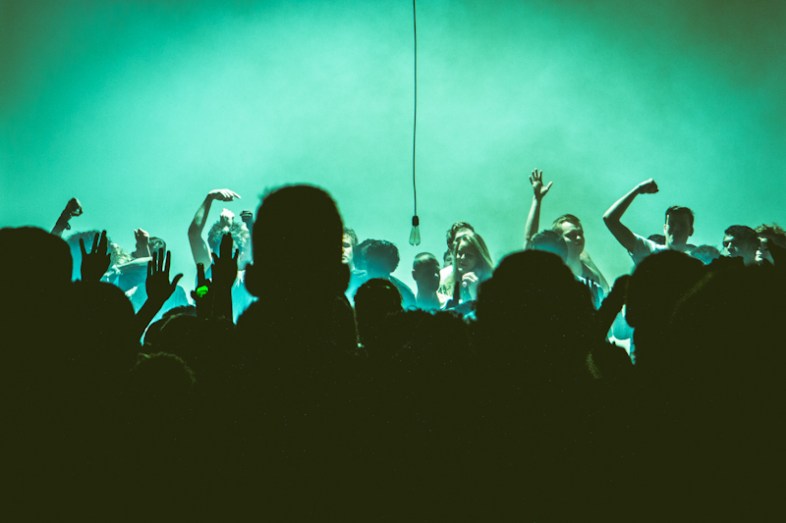
I have always loved dance music, with tastes ranging from Sylvester to VRIL, but the sad thing about club culture and dance music in particular is how straight a lot of the best clubs can feel. Today, dance music culture is largely full of straight white guys — who, mind you, can be fabulous. But if you’re a gay boy or lesbian who loves good music and you follow your favorite DJs whenever they come to town, chances are they’re not playing in gay clubs, where the music policy is typically more Top 40 and pop-oriented.
So you end up in gay clubs with shit music.
Sandrien agreed, noticing that there might be great music at house and techno parties but no gay people.
“It’s really weird that all you have to listen to when you’re gay is Madonna, Kylie Minogue or Britney Spears. Like, fuck! Come on!”
It is really weird indeed, particularly because dance music originated in black and Latino gay spaces, as the ethnomusicologist Luis-Manuel Garcia brilliantly reminded us in a recent feature on Resident Advisor.
[soundcloud url=”https://api.soundcloud.com/tracks/147377075″ params=”color=ff5500&auto_play=false&hide_related=false&show_comments=true&show_user=true&show_reposts=false” width=”100%” height=”166″ iframe=”true” /]
“I sometimes hear from gay people that they really like the music at that party,” Sandrien told me, “but they feel really isolated. Some people are looking at us like you look different than we do, or you’re too dressed up in a “gay” way. I think actually they bring the most character to the place just by being expressive and different.”
The best parties always fill some kind of void, and noticing a gap between the gays and techno Sandrien and her best friend Carlos Valdes created a gay techno and house music-focused party at TROUW called “Is Burning,” the title drawn, of course, from the epic 1990 documentary of underground ballroom culture Paris Is Burning.
“It was so nice to see all the nice gay boys and lesbians. ‘Oh, did you see that one or that one?’ Or, ‘Oh, they’re kissing over there! Oh wow!’ A lot of them also came to us saying, ‘Finally you are doing something!’”
VI.
[youtube https://www.youtube.com/watch?v=02iz7UnvwmQ&w=560&h=315%5D
Was TROUW and underground club or not? In the age of Resident Advisor, smartphones, Instagram, Facebook and social media, what does it even mean to be underground anymore? How can you be referred to as the best club in Amsterdam, be regularly ranked as one of the best clubs in the world by all of the music magazines, have 1000 people every night and still be seen as “underground”?
Boswijk, who has been involved in the music industry for 15 years, doesn’t think there is an underground.
“Everything is exposed and everything is out in the open since the Internet and social media.”
And it’s true. The paradox, of course, is that when I was in Amsterdam and told people I was in town to write about TROUW, nobody knew what I was talking about. Nearly every time I mentioned the club to someone I met in the city they hadn’t actually heard of it before.
[youtube https://www.youtube.com/watch?v=zs8sI_Cwv9w&w=560&h=315%5D
Compare that to the guy from Sweden I met on the dance floor, just as Steffi dropped “Stupid Things I Do” by Randomer, who told me he came from Sweden that night specifically to go to TROUW because he knew it was closing.
“I’ve never been here before but I heard it was a cool, underground club.”
But maybe the underground isn’t as much about secret dark unmarked doors that only five people know about as it is about how hungry you are to discover new places and new music that is slightly off the radar. Maybe today the underground means cultural products you have to dig for and find yourself.
As with any major institution that closes after an influential run in culture, people always say that there’s going to be a “giant hole” in the scene. When New York’s Jeffrey Deitch moved to Los Angeles to spearhead the Museum of Contemporary Art and closed his Deitch Projects gallery in the process, everyone said there would be a “giant hole” in the downtown New York art scene. So a new gallery was opened by a former Deitch Projects director and it is called, appropriately, The Hole.
“Yeah, I think it will definitely leave a hole,” Guy Blanken said about the closing of the club. “It’s my home club, you know?”
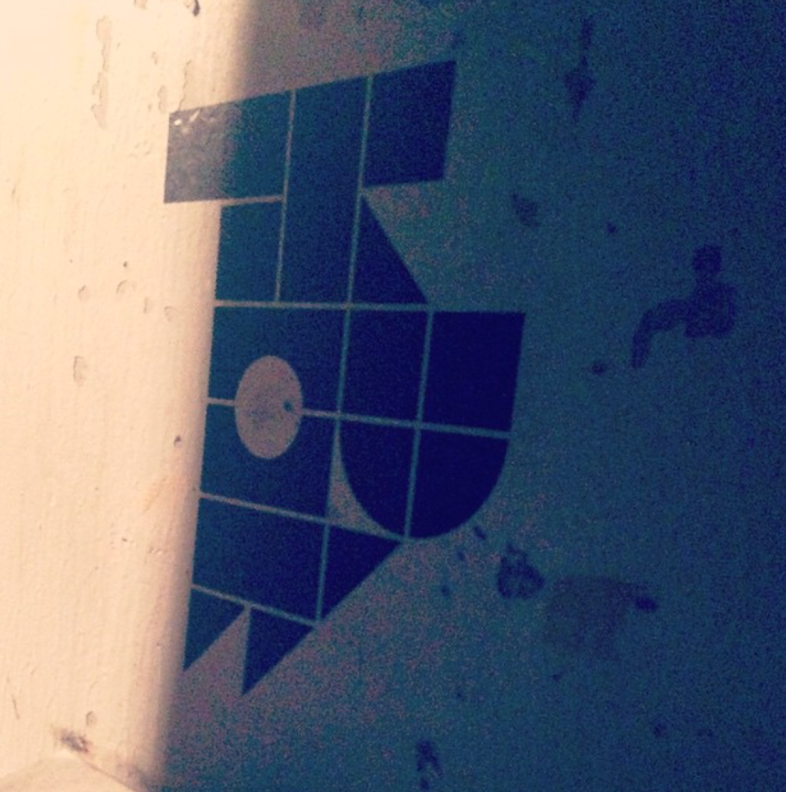
William Kouam Djoko felt it is only natural for people to have this “hole” mentality, at least for the first couple of months. How could you not for a place that was so special for so many people?
“You go through a small period of mourning like you lost a friend or a family member,” he said. “The easiest thing is to say that is going to leave a hole but that’s too negative for me. I want to go out from the positive that Trouw has planted a big, big seed that’s going to bring something new and fresh to Amsterdam.”
Sandrien cried when I asked her to describe the feeling on the January 4th 2015 closing night. For her, TROUW was more than just a nightclub. It was about great people and great music.
“I never experienced something like this, that you create something together and it’s a strong community. I started crying when you asked me how it was because it was really emotional. But when the last records went out and the lights were turned on all I could do was smile and be really proud of it all.” ![]()

